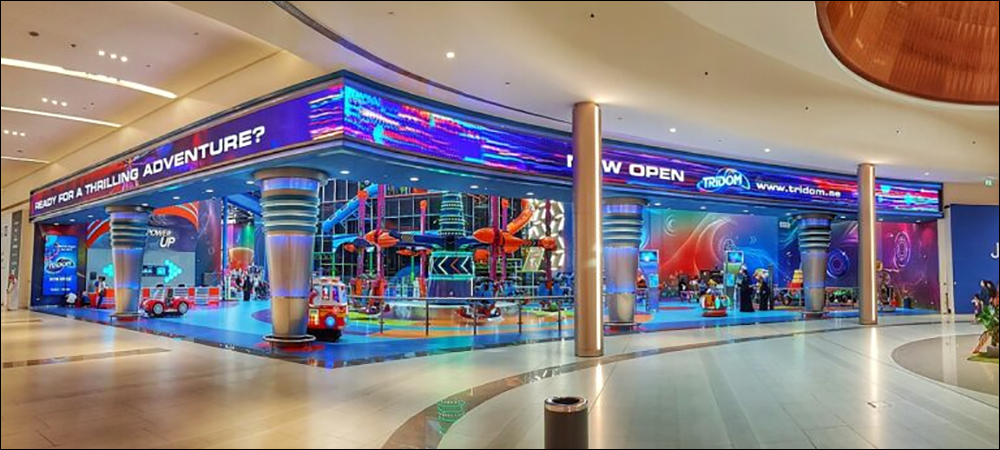RFID Journal LIVE! 2023 will feature end-user companies discussing RFID’s use in payment systems, as well as exhibitors offering tagging solutions for various industries. To learn more, visit the event’s website.
For years, Fun City has been enabling children and families to tap to play with a radio frequency identification (RFID) system from Semnox at its entertainment centers in India. The solution was first taken live in 2019 at Alpha One Mall Ahmedabad, then was expanded throughout India. Now, players at the company’s sites in the Middle East are taking advantage of the solution to more easily access games and top up credits, no matter which center they visit.
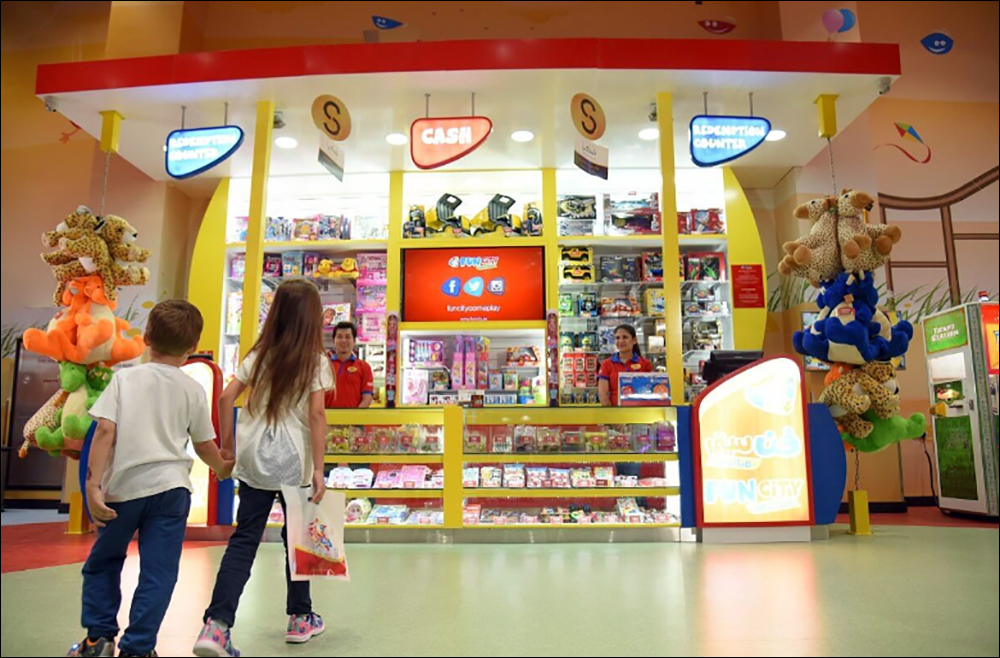
The solution employs 13.56 MHz high-frequency (HF) RFID cards carried by customers, as well as Semnox’s Parafait Lumin readers at game machines and kiosks, to allow participants to purchase a card, top it up and then gain easy access to amusement park rides, ball pits and arcade games. The solution includes the Parafait ticketing system and RFID readers, and the company provided its cloud-based software to manage game activity and enable content on the centers’ displays.

Vinayaka Kamath
Fun City, owned by Landmark Group, a hospitality, entertainment and retail company in Dubai, offers rides and games catering to children up to age 12. The entertainment brand operates sites throughout India, as well as in Bahrain, the Kingdom of Saudi Arabia, Kuwait, Oman and United Arab Emirates. Play at its centers is designed to foster growth and development, while providing entertainment. The company reports that more than 350 million games are played at its facilities each year.
Fun City’s model for game play involves customers buying credits or tokens that they can then use to start the games. They can also earn rewards for use with other games. The value of these credits, and how they could be used, can vary depending on the day of the week. In previous years, the company told Semnox, managing the tokens’ changing daily value was accomplished through considerable manual effort, including a lot of back-office work and the regular involvement of its technical team.
Flexible Token Payment System
As Fun City moved to a card-based system, the company’s card could store tokens, with each scan representing a single token. However, if a game required two tokens to play, the user had to scan the card twice. This caused both operator and customer inconvenience, according to Vinayaka Kamath, Semnox Solutions’ business head for the Middle East and Europe.
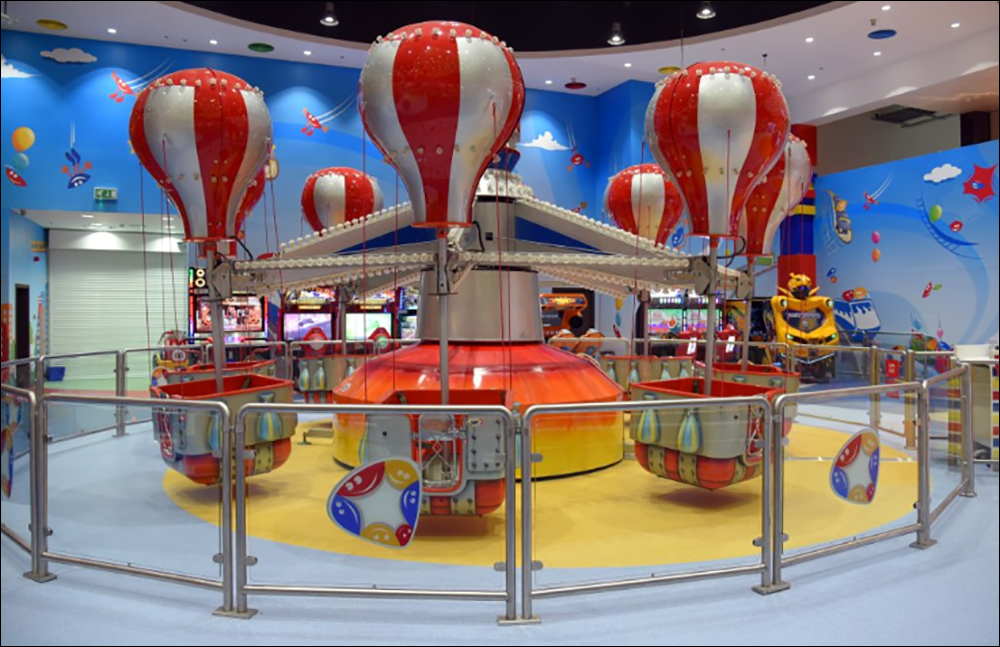
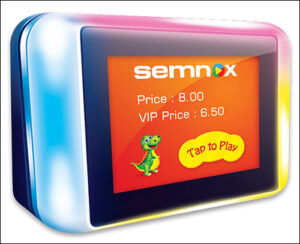
Semnox’s Parafait Lumin reader
For this reason, Kamath says, and to otherwise improve on the ticketing and access experience, Fun City sought a new system from a company that could provide good after-sale support. The new solution needed to provide children and families with the ability to seamlessly roam inside the entertainment centers and play the games of their choices, as well as use the same technology at other sites.
One key goal, Kamath recalls, was to provide a contactless card that children or their parents could tap to play any game, with appropriate tokens then debited from the cards accordingly. Semnox created a system with RFID-enabled Powercards in 2017. The company built both back-end software and customer-facing features and functionalities to automate the business processes for Fun City’s sites, he says, and the result was a solution “that required no involvement of the staff once the logic was fed into the system.”
How the Solution Works
Families purchase their Powercard package at a Fun City site or on its website. They can then load credits or tokens directly onto cards used by players. Each card comes with a built-in HF RFID tag, compliant with ISO 15693, to transmit its unique ID number when interrogated by a reader within a few centimeters. Once a family makes a purchase, they are encouraged to provide their personal information so that if the card is lost, Fun City can replace it without the family losing credits. The data can be stored in the software to link each player with specific gaming information for potential promotions and rewards.

Children can use the card to access games by simply tapping it against one of the Parafait readers. The device captures the card’s ID number, confirms its authenticity and credit balance, and enables access to the game or turns on the machine. The software then deducts the game’s credit in the player’s account. Children can continue to use their card until the balance is spent, at which time families can add credit to the card if the kids wish to keep playing. The card is valid for 11 months from the date of its last use, so it can be taken home and reused at the same site or a different one.
Other activities include a children’s play area, a climbing wall and virtual reality machines, for which Fun City has developed its customized SmartFun application, integrated with Semnox software, to let customers top up their balance or accomplish debit payments according to business rules. As Fun City expanded across multiple locations in India where card systems were being used, it transitioned all sites to the Semnox RFID system. Semnox’s technology was implemented at all 30 sites in India, replacing its legacy system.
Rolling Out in About 70 Days
COVID-19 caused delays in further rollouts. However, 49 centers in the Middle East took the system live in five different countries as pandemic restrictions eased and the facilities reopened. Those rollouts took place within less than 70 days, Kamath says, and with zero downtime or customer inconvenience. “It was a well-planned and executed rollout,” he states, “done overnight at each store,” and all sites were live by June 2022. The majority of Fun City’s India and Middle East locations include ticket-redemption machines, video games and children’s rides.
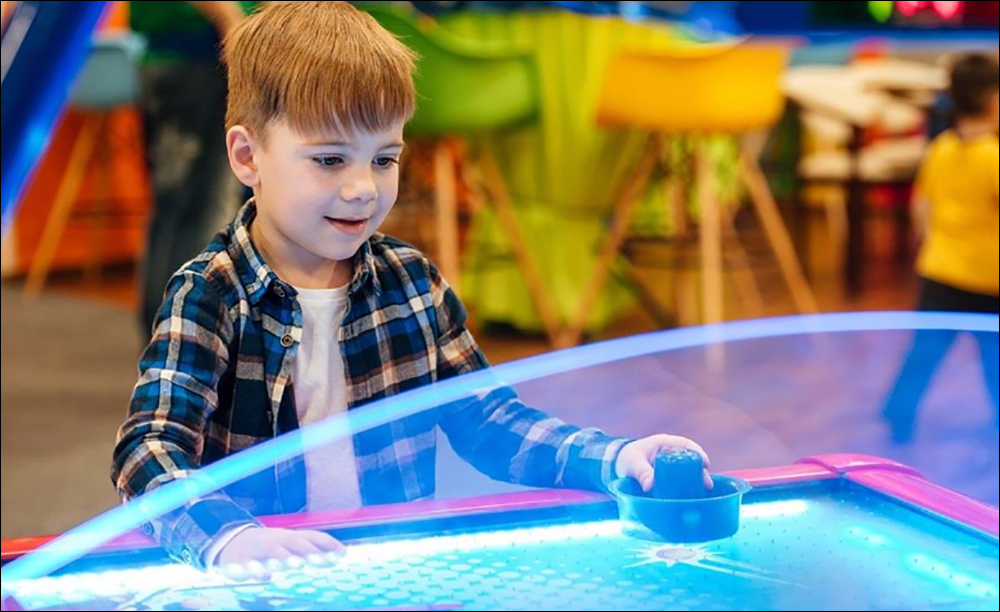
Semnox’s 3.5-inch screen and Lumin readers are installed at each machine or ride, with more than 4,500 readers in use across those sites. Semnox employs NXP Semiconductors‘ MIFARE HF RFID tags in the cards to provide reliable access at each transaction. According to Kamath, HF RFID provides a universal technology that can work reliably at all of the entertainment centers. “All our clients use the same technology,” Kamath says. “This technology works best for our industry. MIFARE HF has security features, [and] they are cheaper compared to other technologies and do everything needed for a family entertainment operation.”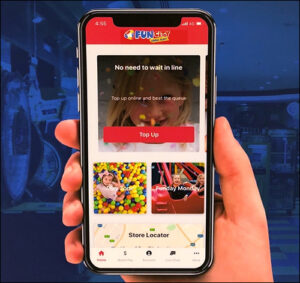
The software provides analytics data based on a business’s particular needs, Kamath adds, and companies can use this information to make business decisions. For example, Fun City recently noticed declining performance from certain categories of games on Mondays, since those games were not included in its “Special Mondays” package. The company thus decided to include all such games in the package, and in so doing it gained the increased revenue that resulted a week later. “This is the advantage of having a robust reporting tool,” Kamath explains.
Semnox has been in the business of providing such management solutions for the entertainment industry for more than 14 years, and the solution has evolved over time to meet the challenges faced by the company’s entertainment center clients. “If a change or enhancement helps one customer, it will help all our customers as well,” Kamath states. “We take [customer] feedback and incorporate solutions into our offerings. We will continue to do so.”
Key Takeways
- An HF RFID solution from Semnox enables Fun City to offer a versatile token-based game-play system that allows families to access rides and games at any of its entertainment centers.
- Most recently, the company deployed the solution across 49 sites in the Middle East within a span of 70 days.

